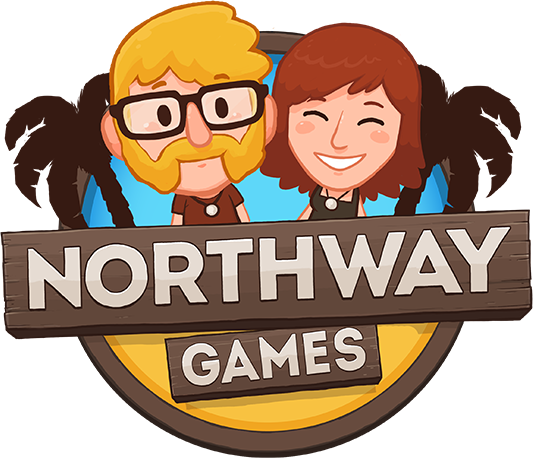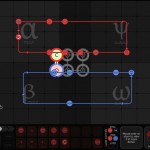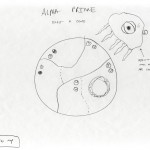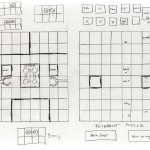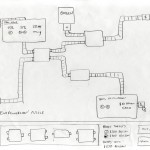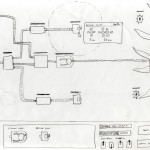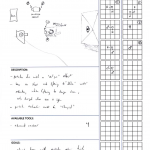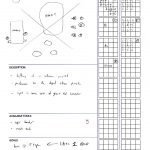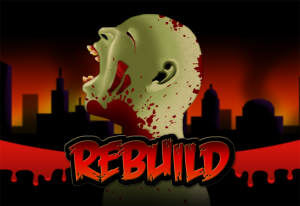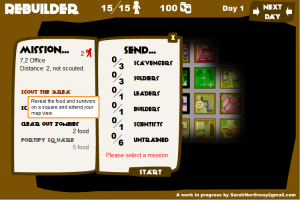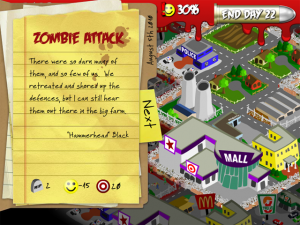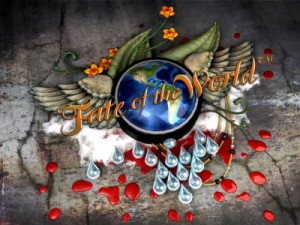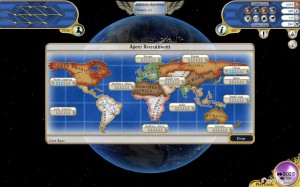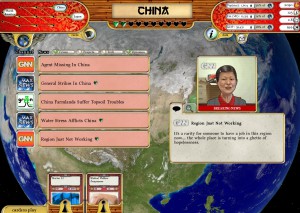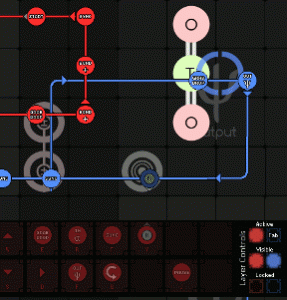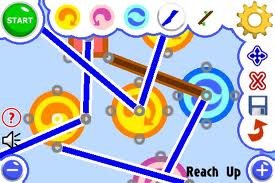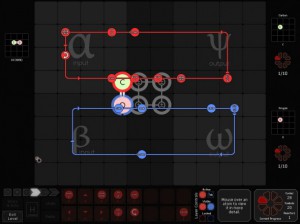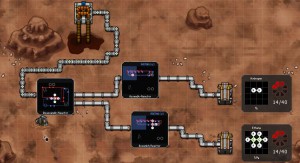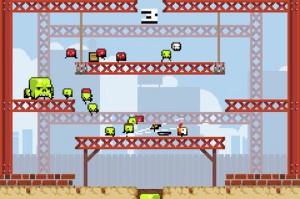 Hats off to Vlambeer for making Super Crate Box. A great single screen platformer. Before it was nominated for a design award at the IGF it was nominated for love by the judge in my heart. And in my heart it took the grand prize.
Hats off to Vlambeer for making Super Crate Box. A great single screen platformer. Before it was nominated for a design award at the IGF it was nominated for love by the judge in my heart. And in my heart it took the grand prize.
I found Super Crate Box while we were in Honduras and when you’re at the end of an impassable dirt road with no TV and spotty Internet what you really need on your hard-drive is a good super-hard game with both running and gunning. I played the hell out of it and am proud to have 100% unlocked everything.
So why is it so fun? To answer that it would be helpful if you had at least a passing understanding of Super Crate Box (no I will not be acronyming that). There’s really no reason I should have to describe it to you. Just go play It. It’s free and more fun than reading.
 During my Super Crate Box phase we made a trip to Pigeon Keys with our friends Julie and Ed who run Radical Adventures. It was an amazing trip! We’d done a lot of snorkeling before but the waters off Pigeon Keys were perfectly clear. So clear it was like there was no water at all and we were flying 10 meters over the ground in a giant beautiful Catamaran pointing out fish and rays like you might point out birds. Diving off the boat became like bungee jumping. This one novel twist on an experience we had had many times before made it go from fun to once-in-a-lifetime amazing. Our brain loves to be in a familiar situation with a twist because it loves to learn.
During my Super Crate Box phase we made a trip to Pigeon Keys with our friends Julie and Ed who run Radical Adventures. It was an amazing trip! We’d done a lot of snorkeling before but the waters off Pigeon Keys were perfectly clear. So clear it was like there was no water at all and we were flying 10 meters over the ground in a giant beautiful Catamaran pointing out fish and rays like you might point out birds. Diving off the boat became like bungee jumping. This one novel twist on an experience we had had many times before made it go from fun to once-in-a-lifetime amazing. Our brain loves to be in a familiar situation with a twist because it loves to learn.
Video games are about learning and our brains do a lot of learning through pattern matching. When we have a decision to make we compare the situation to previous situations we’ve been in. If we can can find an identical one and we know how to solve it then we just do the same thing we did back then. If we can’t associate it with a previous situation at all we panic and do something random. But if it’s similar but slightly different to a previous situation, or better, is a combination of previous situations then we get creative. We try a combination of stuff that worked before. And this can be genius. This is an incredibly powerful tool evolutionarily so it makes sense that our brain likes to do it and it’s fun.
Super Crate Box is in the business of giving us these slightly-different problems to tackle. It has dedicated its life to this task and I applaud it for its selfless dedication to making me joyful. It manages this by taking a simple proven game (jumping around and shooting stuff) and combining it with a dizzying array of weapons, all of which are slightly different from each other. “But that’s hardly new, lots of games have a dizzying array of weapons” you say. Yes that is true, imaginary reader in my head, you are correct. But Super Crate Box knows you’re too shitty a game designer to use them properly.
 Games are about learning and our brain really likes to learn. But it doesn’t like to learn just any old things. It likes to learn helpful useful things. It wants to learn how to win! Most games with a dizzying array of weapons let you chose which ones you want to play with. Super Crate box recognises this as a fault. The better you get with a weapon in Super Crate Box the less you play with it. The better you are with a weapon the more ruthlessly efficient you are at getting to the next crate and the next random weapon. In this way Super Crate Box refuses to let you specialise. It refuses to let you get good with one weapon and ignore all the others, which is how I (and I assume most people) play all those games with a dizzying array of weapons. We play games that way because our brain recognises that its often more efficient to get better with something we understand than to start over learning something we don’t. Unfortunately that’s less fun but our brain is a shitty game designer.
Games are about learning and our brain really likes to learn. But it doesn’t like to learn just any old things. It likes to learn helpful useful things. It wants to learn how to win! Most games with a dizzying array of weapons let you chose which ones you want to play with. Super Crate box recognises this as a fault. The better you get with a weapon in Super Crate Box the less you play with it. The better you are with a weapon the more ruthlessly efficient you are at getting to the next crate and the next random weapon. In this way Super Crate Box refuses to let you specialise. It refuses to let you get good with one weapon and ignore all the others, which is how I (and I assume most people) play all those games with a dizzying array of weapons. We play games that way because our brain recognises that its often more efficient to get better with something we understand than to start over learning something we don’t. Unfortunately that’s less fun but our brain is a shitty game designer.
By forcing us into a situation we’ve already been in but with an unfamiliar weapon Super Crate Box gives us a problem we can tackle creatively. And when we succeed at one of these problems it feels great! In fact it’s probably possible to mathmatically determine the number of possible situations and therefore the number of situates which should be contained in the perfect game (assuming Super Crate Box is the perfect game). Say there are 15 weapons (amazingly I can’t find a list) and say there are 40 unique board states (I’m pretty much just making that up) that means there are 600 totaly states. So take a look at your favorite game or the game your making and count the states. 600 = IGF Design Nomination!
Anyway, once more doff your hat to Raimi Ismail and Jan Willem Nijman for being smarter than the human brain and giving us all something slightly different to play.
Also thanks that there is this

